Plan your Chengdu tour? No matter you are a history buff or not, having a glimpse of the Jinsha Site is an engaging experience. Jinsha Site is the most important archaeological discoery in the 21th century and listed as the state level key protection unit of China.
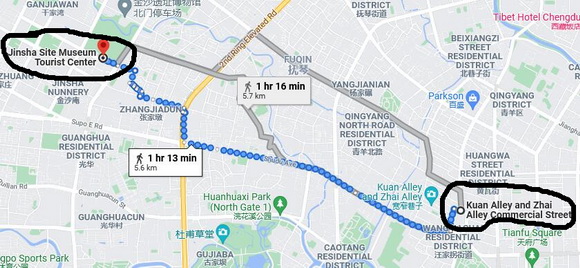
ABC of Jinsha Site Museum
The Jinsha site was accidentally discovered in Feb 2001 in the course of local real estate construction. The site was at its heyday around 1000 BC and has much in common with the burial objects with the Sanxingdui site, about 50 km away.
A large amount of ivories, jade artifacts, bronze objects, gold objects and carved stone objects were discovered at the site.
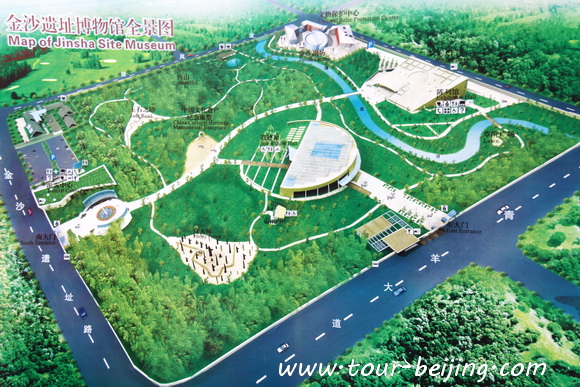
Jinsha culture (1200-650 BC) was a final stage of Sanxingdui culture and showcases a relocation of the political center in the ancient Shu Kingdom.
The Jinsha Site Museum occupies an area of 300,000 square meters with a total construction area of approximately 35,000 square meters. It is composed of four major parts – Relic Hall, Exhibition Hall, Cultural Relic Protection and Restoration Center, the Park ( leisure area). The musuem has three entrances – South (main), East and North.
Relic Hall
Here you can see the archaeological excavation at close range, the grand sacrifice scene of the ancient Shu Kingdom (Sichuan) 3000 years ago.
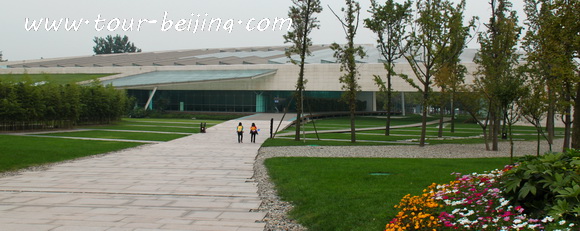
On Feb 08, 2001, the discovery of the ritual site revealed the secrets of Jinsha Kingdom. So far the excavation is still going on. Many cultural relics are still buried in the earth. It will bring us more and more surprises.
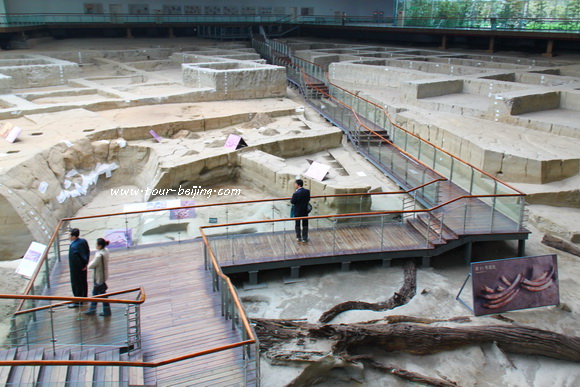
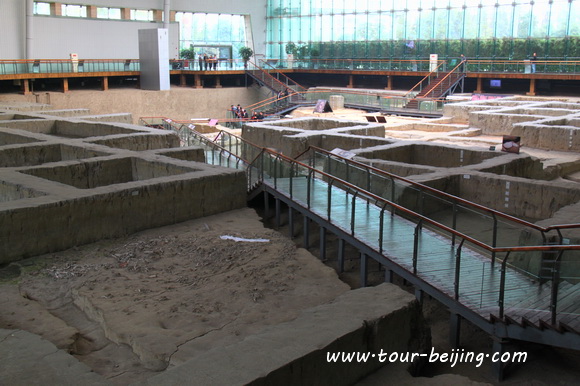
Walking to the magnificent steel struture architecture – the site exhibition hall ( a relic hall of an ancient ritual site).
Exhibition Hall
The exhibition hall has shown the ecological environment, living scene and religious eventd of the ancient Jinsha people. Ivory, jade artifacts, bronze objects, gold objects and carved stone objects excavated are on display.
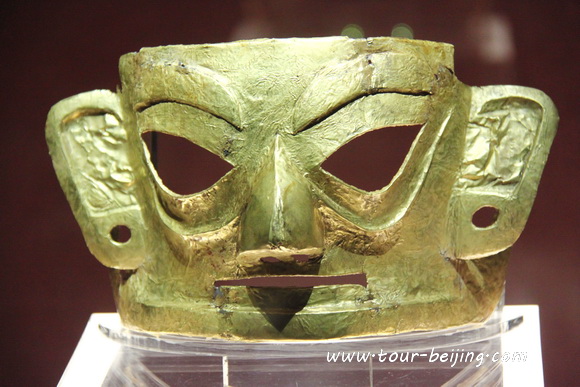
The famous gold Jinsha sunbirds foil on show is the most important artifact, a symbol of China’s cultural legacy.
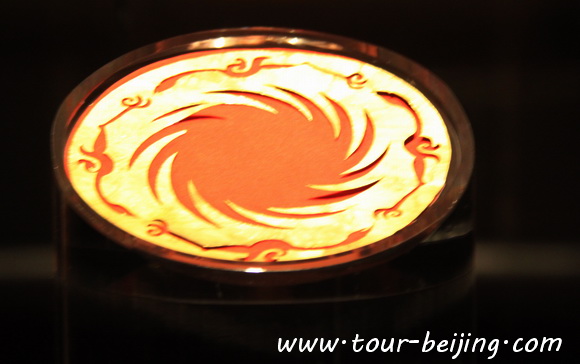
Cultural Relic Protection and Restoration Center
In the Culture Relics Preservation Center, there are academic lecture hall and 4D theatre which are used regularly to hold performances relative to Jinsha culture.
Leisure Area ( the Park )
This garden area is located in the southeast of the museum. The green coverage rate is as high as 80%, and there are more than 50,000 seedlings, trees, more than 70,000 shrubs, and also a bamboo forest.
The Ebony forest, located in the southeast corner of jinsha Site Museum, is a landscape composed of more than 60 ebony trees unearthed from jinsha site and other Chengdu areas.
Xishan Water Scenery Square is located in the garden area west of the main road of jinsha Site Museum. The square covers an area of 10 mu, and the ground is laid by 20 tons of golden sand.
Tickets and Opening Time
Entrance Fee: 70 yuan
Opening time: 09:00-18:00; Ticketing closed at 17:00
Closed on Monday
Tel: 028-87303522
How to get there
South Entrance
The Jinsha Relics Museum is just about 5 km west of the downtown Chengdu. Usually people choose to enter the south entrance, the main gate to the site museum.
By the south entrance, there is a tourist center where you can take a break, have your questions answered. Wander to the left side, you will find the Ebony Forest.
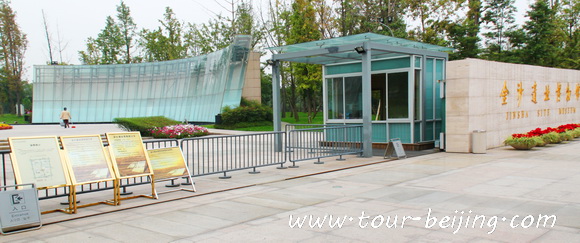
Buses: take Bus no. 5, 79, 82, 83, 84, 100 and get off at Qingyang Avenue North station or Jinsha Site East Gate Bus Stop, and then walk about 200 meters to get there; Or take Bu no. 7 and get off at the “Jinsha Site intersection” Bus Stop.
Subways: take subway line 7 and get off at Jinsha Site Museum Station ( Exit C); take subway line 2 and get off at Yipintianxia Station ( Exit B )
Address: 2 Jinsha Yizhi Rd, Jin Sha Shang Quan, Qingyang District, Chengdu
Hassle-free Chengdu Guided Tours
If you don’t want to go the do-it-yourself route and prefer the hassle-free escorted tours, here are some options for Chengdu and Sichuan guided tours:
Chengdu tour
Chengdu Car Rental with Driver
Create My Chengdu Trip
Jiuzhaigou Tour
Sichuan Tour
Further Readings
Top 10 Attractions in Chengdu
Best Time to Visit Chengdu
Chengdu Airport
Railway stations in Chengdu
Chengdu Taxi
How to visit Wuhou Shrine
How to visit Du Fu Thatched Cottage
How to visit Jinsha Site Museum
How to Visit Tomb of Wangjian
How to Visit Wangjiang Tower Park
How to Visit Qingyang Taoist Temple
How to Visit Jinli Street
How to visit Kuan Alley and Zhai Alley
How to visit Qintai Road, Qintai Street Chengdu
How to visit Shaoling Road Bar Street
How to Visit Jiuyanqiao Bar Street
The Old Teahouse in Pengzhen Town, Chengdu
Drive from Hanzhong to Ya’an
Ya’an Night View
Most Beautiful Sky Road in China
Night View of Moxi Old Town
Camp No.03 at Hailuogou Glacier
Camp No.04 at Hailuogou Glacier
Night View of Kangding
Drive from Kangding to Xinduqiao
Drive from Xinduqiao to Danba
Jiarong Tibetan Blockhouses
Jiarong Tibetan Ancient Watchtowers
Drive from Xinduqiao to Yajiang
Drive from Yajiang to Litang
Drive from Litang to Daocheng
Drive from Litang to Batang
Drive from Batang to Mangkang
Drive from Shangri-la to Daocheng
Drive from Daocheng to Yading
Yading Brings You Inner Peace
Bipenggou is a fairyland in Autumn
When is the best time to visit Jiuzhaigou?
Best Places to Visit Autumn Leaves in Sichuan
Top 10 Places to Visit in Sichuan
Ruoergai Grassland, my first trip to Ruoergai Grassland
Any questions, just drop a line.





